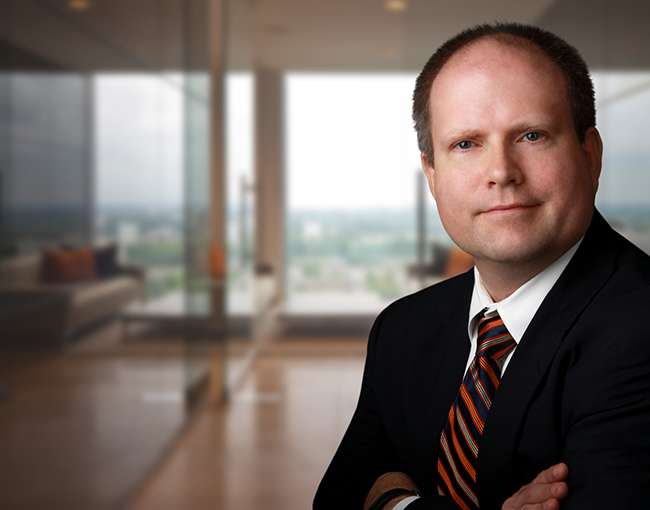Home > News & Events > Steve Ritchey publishes article on patent basics for American Ceramic Society

Steve Ritchey publishes article on patent basics for American Ceramic Society
March 28, 2014
Intellectual Property partner Steve Ritchey published a five-page feature article on patent fundamentals in the April 2014 magazine of the American Ceramic Society.
The article, “Patent law fundamentals for innovators in the ceramic and glass industry,” sets forth the basic elements of a patent and the process for obtaining one, describes the types of patents relevant to the ceramic and glass industry, and briefly discusses the significant changes in patent law from the America Invents Act.
While written for a ceramic engineering audience, nearly all of the patent fundamentals are applicable to innovators across a host of technical industries.
Steve will author a follow-up article later this year in the same magazine that will look closely at the AIA and offer inventors best practices in the wake of the new law.
The American Ceramic Society is made up of more than 9,500 scientists, engineers, researchers, manufacturers, plant personnel, educators, students, marketing and sales professionals from more than 70 countries. The group’s magazine, ACerS Bulletin, covers news and state-of-the-art applications and emerging technologies impacting the global ceramic materials markets.
Steve will be a featured speaker at the Ceramic Leadership Summit, held April 7-9 in Baltimore, where he will present, “Patent Law in 2014: Act fast or get left behind.” The presentation will detail the changes wrought by the AIA and other recent patent law developments, and give strategies that innovators can use to navigate the new patent landscape.
Steve earned his B.S. in ceramic engineering at Iowa State University, and his law degree from Saint Louis University School of Law. His practice involves preparing technology collaboration and license agreements and securing patents in a wide range of technological disciplines, including biotechnology, pharmaceutical compositions, ceramics, polymers, metallurgy, nanotechnology, inorganic and organic chemistry, fuel cell catalysts, semiconductors, nuclear medical materials, electrochemical and nuclear batteries, and electrical motors.
